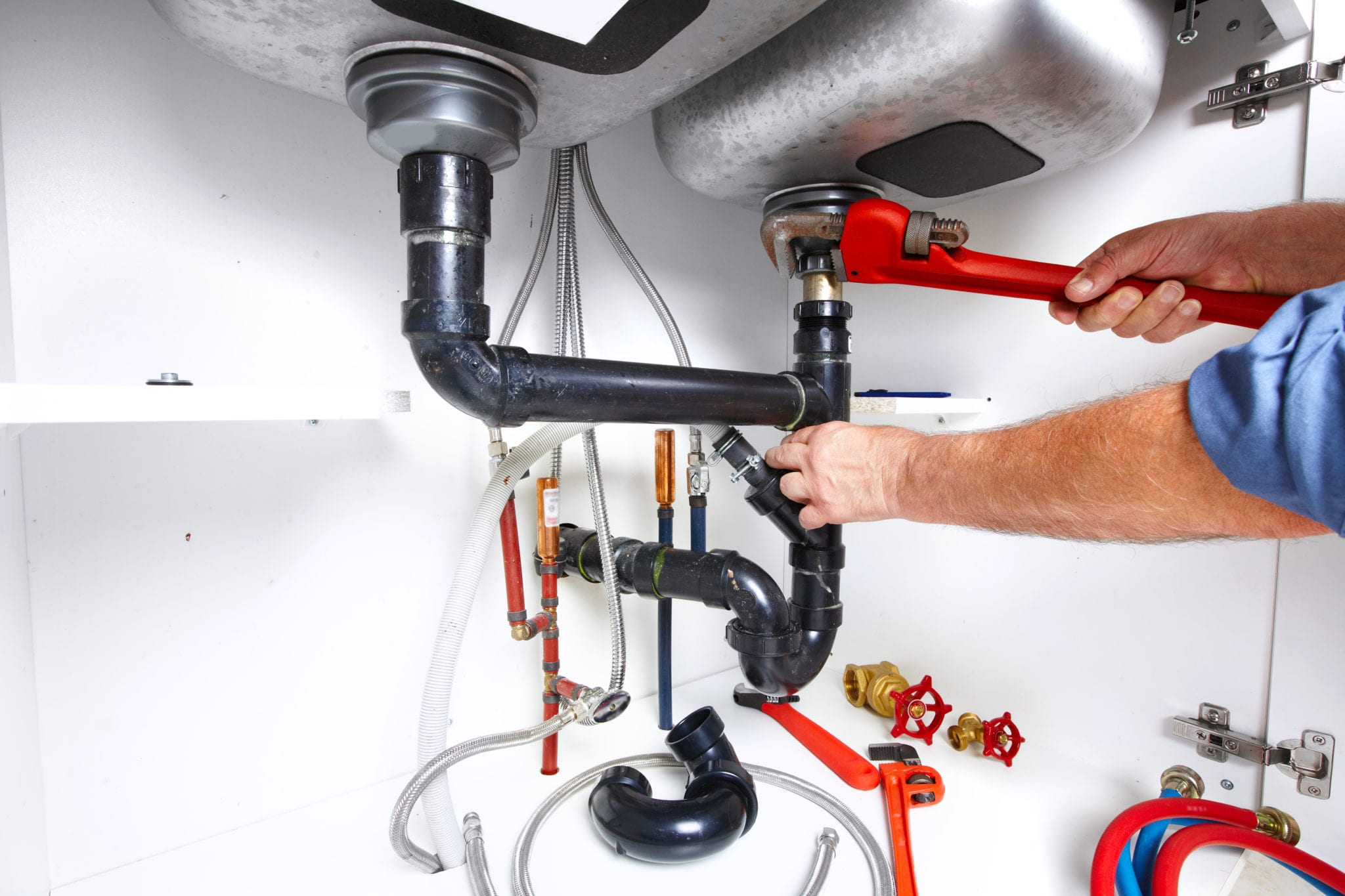How do you actually feel when it comes to Finding hidden leaks?

Early detection of leaking water lines can reduce a prospective catastrophe. Aside from conserving you money, it will certainly minimize the aggravation as well as irritation. The moment you discover a leak, calling your plumber for repairs is the best solution. Some little water leakages might not be noticeable. If you can not spot it with your naked eyes, here are some hacks that help.
1. Analyze the Water Meter
Examining it is a proven means that assists you discover leaks. If it relocates, that suggests a fast-moving leak. This means you might have a slow leakage that might even be below ground.
2. Inspect Water Consumption
Analyze your water expenses and track your water intake. As the one paying it, you must notice if there are any kind of inconsistencies. If you spot sudden changes, in spite of your consumption coinciding, it indicates that you have leakages in your plumbing system. Keep in mind, your water bill ought to drop under the same variety on a monthly basis. An abrupt spike in your expense indicates a fast-moving leakage.
At the same time, a constant increase monthly, despite having the very same habits, shows you have a sluggish leakage that's additionally gradually intensifying. Call a plumber to completely inspect your home, specifically if you really feel a cozy area on your floor with piping underneath.
3. Do a Food Coloring Examination
When it involves water usage, 30% comes from toilets. Test to see if they are running properly. Decrease flecks of food color in the tank and wait 10 minutes. There's a leakage between the storage tank and dish if the shade somehow infiltrates your dish during that time without flushing.
4. Asses Exterior Lines
Do not fail to remember to check your exterior water lines as well. Should water leak out of the link, you have a loose rubber gasket. One tiny leakage can waste bunches of water as well as spike your water bill.
5. Evaluate and Assess the Situation
House owners ought to make it a behavior to check under the sink counters as well as also inside closets for any bad odor or mold development. These two red flags suggest a leakage so punctual attention is required. Doing routine assessments, even bi-annually, can save you from a major problem.
Check for discolorations as well as deteriorating as the majority of pipelines and appliances have a life expectancy. If you presume leaking water lines in your plumbing system, do not wait for it to intensify.
Early discovery of leaking water lines can minimize a possible calamity. Some tiny water leaks might not be visible. Inspecting it is a surefire method that assists you uncover leaks. One tiny leakage can waste heaps of water and surge your water bill.
If you suspect leaking water lines in your plumbing system, don't wait for it to rise.
The Dangers of Undetected Water Leaks
Mold
One of the most common results of undetected water leaks in your home is mold. Under the right conditions, mold can begin to grow and spread in just a day or two.
Moisture from water leaks combined with humidity and lack of ventilation allow mold spores to germinate and start spreading.
And while household mold doesn’t carry the same health risks as substances like asbestos, they can cause allergic reactions in people sensitive to them or with asthma.
Structural Damage
When water leaks occur in places we can’t see — above the ceiling, behind walls or beneath floors — they often have time to do some serious damage before making themselves known.
You might notice cracks or bubbles appear in your walls or a slow drip or water from the ceiling.
These are signs of water leaks and buildups in the structure of your home. If you don’t jump on these problems soon enough, the wood frame that supports your house could start rotting, leading to costly repairs and increasing the risk of disasters like ceiling or wall collapses.
Water Waste
According to the Alliance for Water Efficiency, the average home can lose anywhere from 2,000 to 20,000 gallons of water per year due to leaks.
High numbers like that might make you imagine a burst pipe spewing out water. But believe it or not, even a small, constant drip from a kitchen sink could add up to over a thousand gallons of wasted water in a single year.
And if you live in a place where you pay for every gallon of water you use, that adds up to a lot of dollars down the drain. So we understand leaks are bad. Let’s take a look at some of the common (and not-so- common) water leaks you might find around your home.
Flush Valve Flapper
The flush valve flapper is a rubber flap that sits above the flush valve at the bottom of the tank. It’s attached to the flusher with a chain. Over time, it can get worn out and lose its seal, causing an endless flow of water into the toilet bowl.
These leaks are hard to detect since they’re usually silent, but there’s a little insider trick you can use with just a little dye or food coloring:
Put a few drops in the toilet tank. Check the water in your toilet bowl 15 minutes later. If any of the color made it into the toilet bowl, you’ll know what the culprit is.
Fill Valve
The fill valve is what replenishes your toilet’s tank water after you flush. If you’ve ever looked inside your toilet tank and seen water gushing out of an upright plastic valve, that’s a faulty fill valve.
https://meetflo.com/blogs/flo/how-to-find-and-repair-water-leaks-a-comprehensive-guide

As a serious reader about Hacks to detect leaks, I assumed sharing that piece of content was a good idea. Loved our write-up? Please share it. Help other people locate it. Thanks for your time invested reading it.